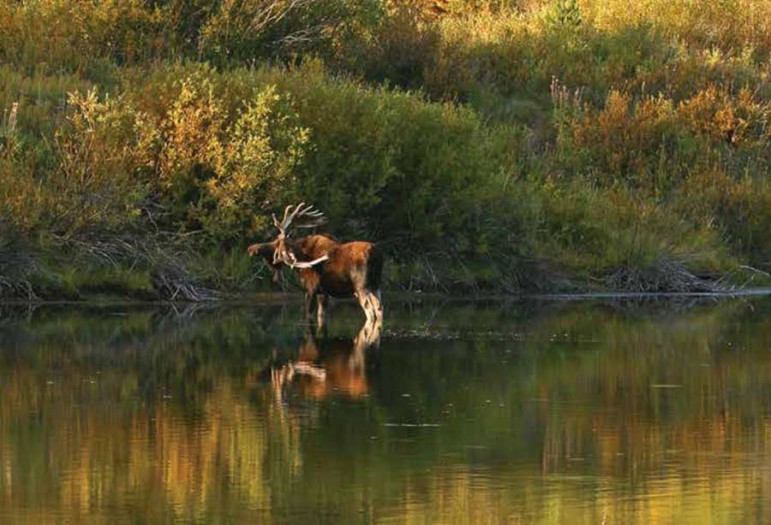
A comprehensive report on the status of the natural and cultural resources of Grand Teton National Park and the John D. Rockefeller, Jr. Memorial Parkway is available for public review.
The report, “Vital Signs,” provides information on the state of key resources that helps guide decisions made for their long-term management, according to a statement released by the park’s public affairs office.
To protect and manage the wide variety of natural and cultural resources held within both Grand Teton and the JDR Memorial Parkway, resource management staff monitor and study individual resources as well as ecological processes—essentially the vital signs—of the park and parkway. Although data collected on some resources may be too limited to predict significant trends, the information gathered provides a baseline for future assessment of resource conditions.
The report looks at key areas such as air quality, water quality, the state of the park’s glaciers and how key wildlife species are doing.
Some highlights from the report show that:
- About 11,000 elk reside in and around Grand Teton.
- At least 53 wolves in 7 packs reside in the Jackson Hole area.
- The park is home to 14 pairs of bald eagles.
- Approximately 100-125 bighorn sheep can be found in Grand Teton.
- More than 850 bison spend winter in and around the park.
- Grand Teton is home to ı27 great blue heron nests and 5 sage grouse leks.
“We are committed to educating the public about the natural and cultural resources of both Grand Teton and the Rockefeller Parkway, and so it’s important that we share this Vital Signs 2013 report as a necessary step in that direction,” said Superintendent David Vela. “We hope that anyone interested will take the time to review these findings and become better informed about our management activities related to the long-term conservation of these elemental resources.”
Resources summarized in the Grand Teton National Park and John D. Rockefeller, Jr. Memorial Parkway’s Vital Signs 2013 report are monitored because of their significance to—or influence on—the ecosystem. Report summaries are grouped into four categories, which include:
- Climate and Environment with a focus on air quality, water quality, fire, glaciers, soundscape, and climate.
- Natural Resources with an emphasis on plants and animals that are, or have been, listed under the federal Endangered Species Act (bald eagle, gray wolf, grizzly bear, peregrine falcon), as well as species that have experienced declines in the ecosystem, or are of special concern due to a lack of data (golden eagle, great blue heron, greater sage-grouse, moose, trumpeter swan, and whitebark pine). Natural resource summaries also include species that are considered vulnerable (bighorn sheep, Columbia sharp-tailed grouse, common loon, pronghorn), and species that significantly impact the ecosystem and management actions due to their population size and movement outside park boundaries (bison and elk). Other species included are important indicators of ecosystem health because they are especially sensitive to environmental pollutants, habitat alteration, and climate change (amphibians and osprey).
- Cultural Resources with attention to archeological sites, historic structures, and museum collections that are significant representations of the human evidence on park lands. These resources are inventoried, protected, and monitored to ensure protection for future generations.
- Challenges related to nonnative plants and animals, grazing, park visitation, plant restoration, and the human-bear interface that are generally caused or largely influenced by human activity.
